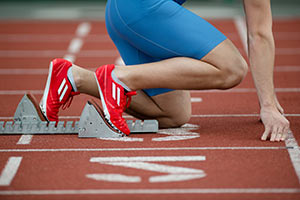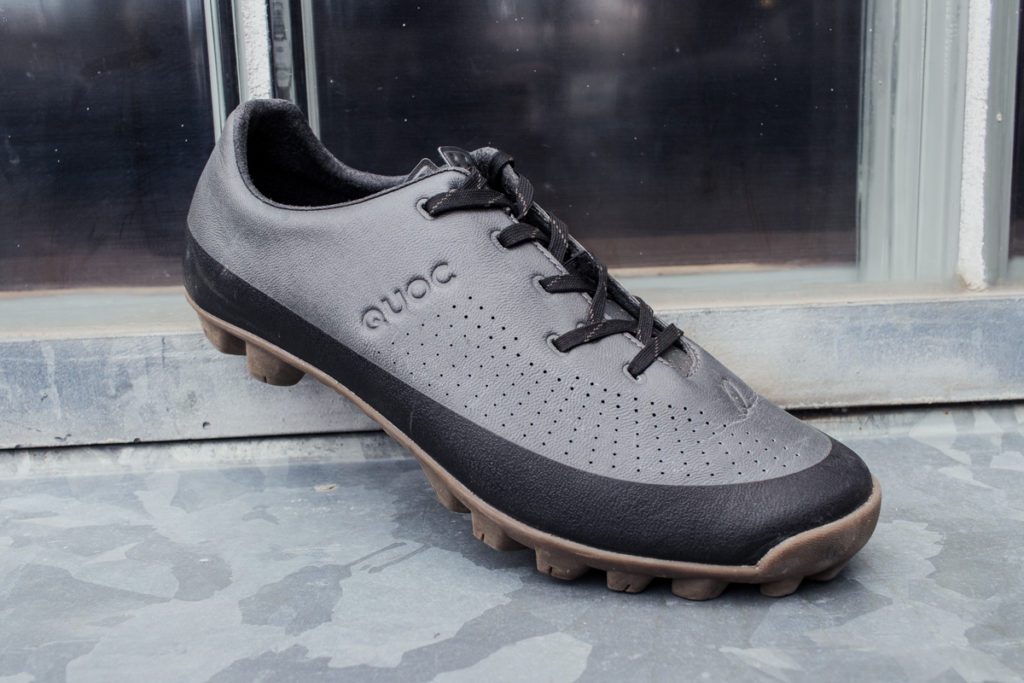


(As far as I’m concerned, if Eliud Kipchoge can set an IAAF-ratified world record in a plate-abetted shoe, the rest of us shouldn’t have too many qualms about getting in on the action.) What’s more, the 4% is not the only running shoe to include it. Nike just released a small study to help shed some light on the issue, though it left open the question of whether the foam was providing the lion’s share of the advantage.įor now the carbon plate remains street legal. But that is partially because there is not yet a clear consensus on how the plate is supposed to work. “I feel like I’m running downhill,” Nike-sponsored marathoner Galen Rupp purportedly said the first time he tried it.Įver since Nike launched the first Vaporfly, which has since been updated twice, there have been debates about whether the shoe-specifically the carbon-plated midsole-should be allowed in competition, with message-board posters agitating about “spring-loaded” soles and “technical doping.” Research seems to indicate that the foam contributes a greater boost in running economy than the carbon plate. The Vaporfly’s midsole also included a spatula-shaped carbon-fiber plate that the brand said was meant to help fling the runner forward with every stride-or to at least create a convincing illusion that something like that was happening. (At $250, the 4% would also test the limits of what a rational person might be willing to shell out for a pair of mass-market sneakers.) Unlike typical racing flats, the Vaporfly was lavishly cushioned with a proprietary ultralight foam dubbed ZoomX, to keep shoe weight down to 6.8 ounces.īut the foam was only half the story.

In 2017, Nike released the Vaporfly 4%, a racing shoe engineered to dramatically improve running economy and help the world’s fastest marathoners test the limits of human performance.


 0 kommentar(er)
0 kommentar(er)
